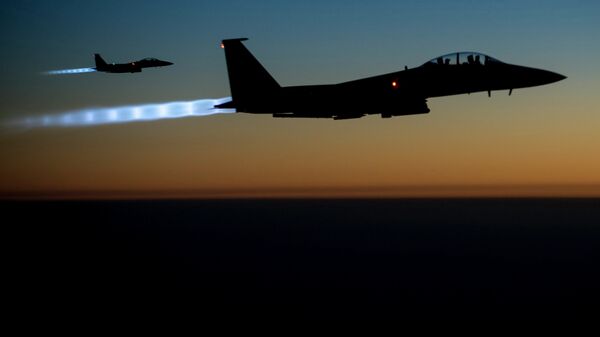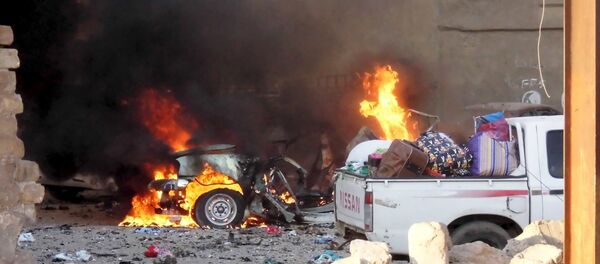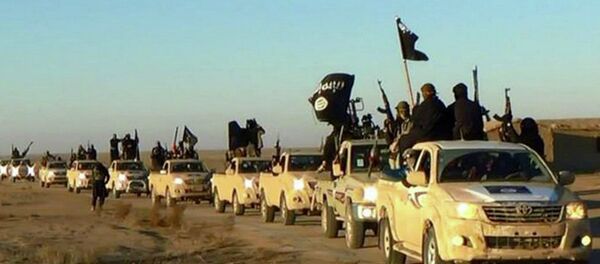In August 2014, the US-led Coalition began carrying out airstrikes against Islamic State targets in Iraq. The Coalition expanded the air campaign to Syria in September 2014, albeit without the approval of the Syrian government. It has carried more than 4,000 airstrikes since the beginning of the air campaign.
Hesterman noted that the Coalition’s air campaign has also eliminated the Islamic State’s oil refining capability.
But the air campaign’s more important effect, he added, is enabling the Iraqi forces to wage offensives and buy time for international efforts to prevent foreign fighters from joining the group, undercut the group’s financing and stabilize areas cleared of the Islamic State.
The Islamic State has made tactical advances that should not be confused with strategic victory, John Hesterman stated.
The ten-month long air campaign has weakened the Islamic State in some areas, but the Sunni terrorist group has continued to grow in size and gain more territory in Iraq and Syria.
The Islamic State now controls large swaths of territory from near Aleppo in Syria to the capital of Anbar province Ramadi in Iraq, which it overran in May 2015. The Islamic State has proclaimed a caliphate in the areas under its control.




